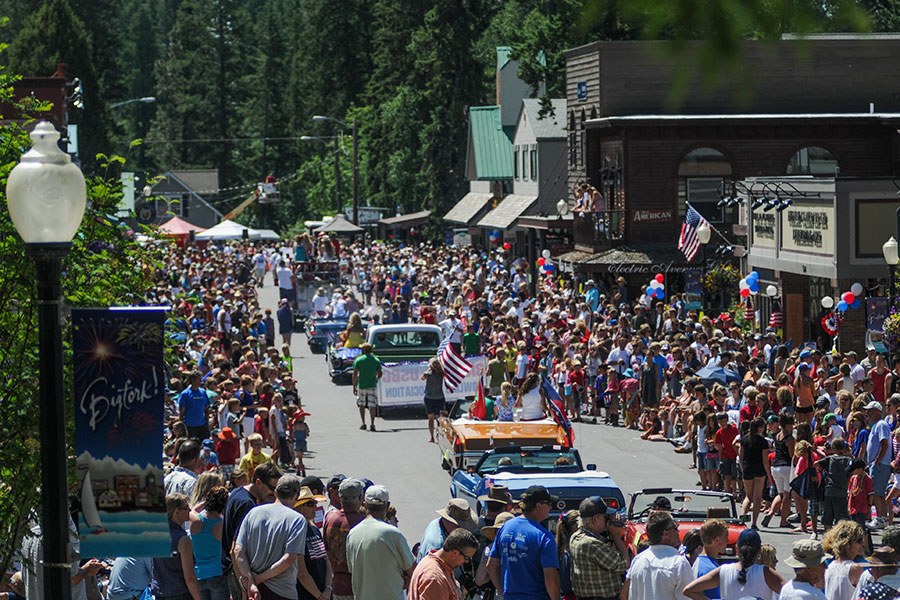The creators of the film, book, and gallery project “A Timeless Legacy — Women Artists of Glacier National Park” are embarking on a new film production to capture and preserve the history of Bigfork. Denny Kellogg, Don Beans, Ed Gillenwater, and Jim Langford recently began preliminary research and fundraising for a 30-minute documentary they hope to release by summer 2017.
Using first-person interviews, archival video and audio footage, photographs, and an original music score, the team will look back on over 150 years of Bigfork history, starting with the stories of Pend d’Oreilles, Salish, and Kootenai tribes, and the arrival of colonial settlers.
“It was one of the last places in the Lower 48 to really be discovered and settled,” Kellogg says in a four-minute segment prepared to share the vision with prospective donors. “A lot of people came here with the idea that they were escaping civilization. A lot of people saw the Flathead Valley, and particularly Bigfork and the Swan, as not only the last best place, but the best of the last best places.”
The producers will trace the development of the region; growth of recreation, tourism and other industries; and how the cherished “last best place” has changed, but endured, over the years.
“As we move to the contemporary era, the focus will be what is Bigfork now, what are people discovering now?” Gillenwater said. “There’s a sense of discovery at every stage. People are discovering the culture of the area.”
Members of the production team will donate their own time to the project and are seeking $4,100 to cover costs for the filming and production of the DVD and book. Expenses will include video materials, transcription services, image usage rights, and historical film digital transfer. The priciest item will be printing and packaging DVD discs, which costs about $3 per unit.
They plan to donate all proceeds of the DVD, which will likely retail around $20, to the Bigfork Art & Cultural Center. Based on sales of the Women Artists of Glacier National Park DVD — Kellogg estimates 500 have sold from the Hockaday Museum of Art gift shop alone — it could be a powerful fundraiser for the center, a crucial keeper of Bigfork’s history.
